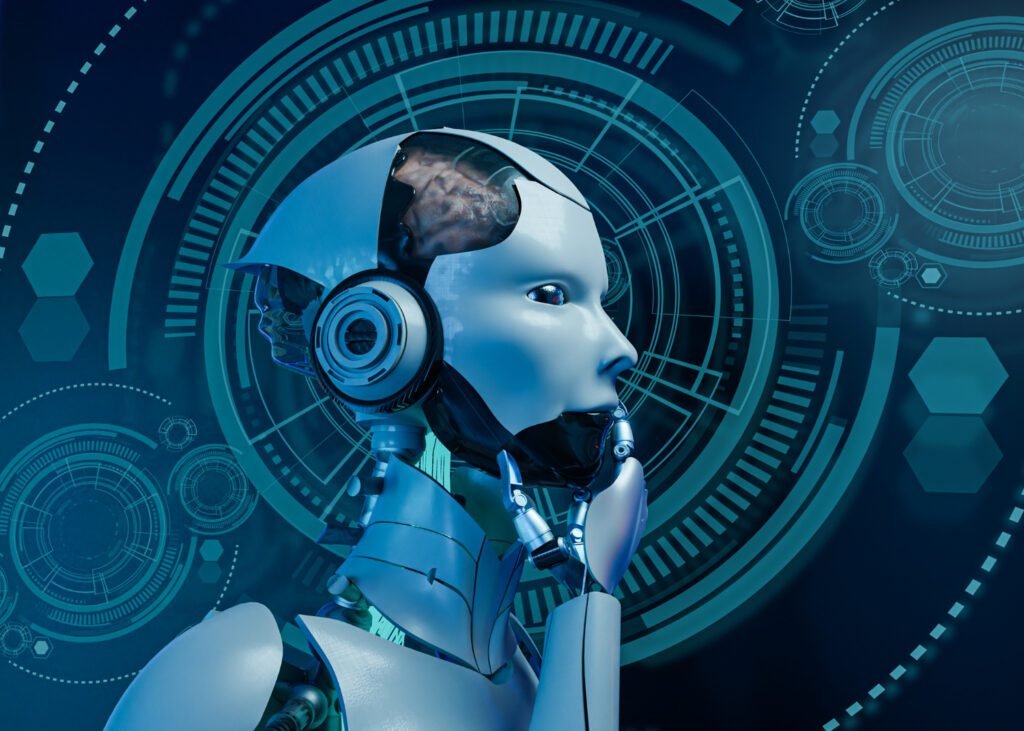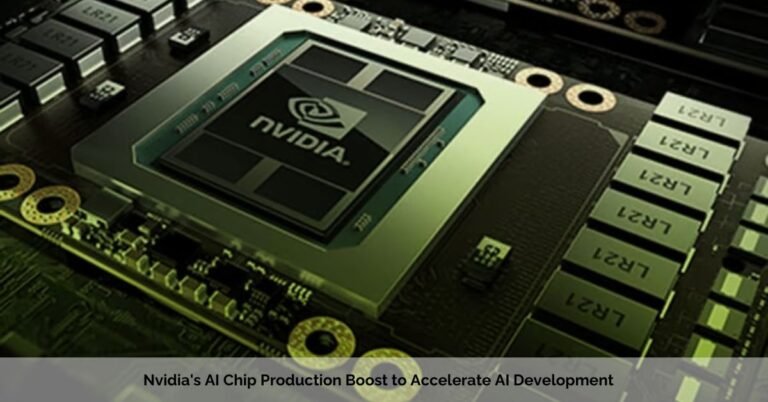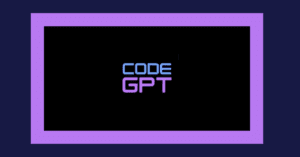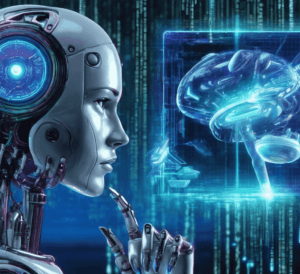How Do AI Detectors Work?
In today’s content explosion, where AI-powered writing assistants are gaining traction, a crucial question arises: can we differentiate between human-crafted and machine-generated text?AI detectors are like detectives for written content, trying to figure out if a human or a machine wrote something. Here’s the basic case:
Table of Contents
Toggle- Training on Text: AI detectors are trained on massive amounts of text, both written by humans and created by AI writing tools. This training helps them identify patterns in how each writes.
- Statistical Fingerprints: The detectors look for statistical giveaways in the text, like:
- Perplexity: This refers to how unpredictable the word choices are. AI text tends to be smoother and less surprising, resulting in lower perplexity.
- Burstiness: This refers to the variation in sentence length and structure. Human writing can be all over the place, while AI text tends to be more consistent.
- Flagging the Suspicious: Based on these and other factors, the detector assigns a score indicating how likely it is that AI wrote the text. It’s not always perfect, but it gives a good idea.
Training AI Detectives: Learning Real from Fake Writing
AI detectors, like detectives in training, go through a rigorous learning process. Developers feed them vast amounts of data categorised as human-written and AI-generated content. This data pool can encompass everything from blog posts and news articles to technical manuals and even social media interactions. By meticulously analysing these contrasting examples, the detector learns to identify the unique “fingerprint” of each writing style.

Here’s a closer look at some key elements AI detectors focus on to distinguish these fingerprints:
- Predictability Patterns: Imagine reading a sentence and trying to guess the next word. AI detectors use a concept called perplexity to measure this predictability. Human writing, with its natural flow and occasional surprises, tends to have higher perplexity. AI text, on the other hand, prioritises clarity and predictability, resulting in lower perplexity scores.
- Sentence Cadence: This refers to the variation in sentence length and structure. Human writers exhibit a natural rhythm, with a mix of short, punchy sentences and longer, descriptive ones. AI-generated content, however, might display a more uniform sentence structure, lacking the characteristic “musicality” of human writing.
- Lexical Landscape: AI detectors analyse the vocabulary used in the text. Humans often employ a diverse range of words, including synonyms, jargon specific to their field, and even informal language. AI text, while grammatically correct, might rely on a less nuanced vocabulary, focusing on factual accuracy and avoiding ambiguity.
- Syntactic Sophistication: Sentence structure plays a role too. Human writing can incorporate complex sentence structures, with dependent and independent clauses, to convey intricate ideas. AI text, on the other hand, might favour simpler sentence structures, making it easier to understand but potentially less engaging.
Beyond these core aspects, AI detectors may consider additional factors like factual inconsistencies, repetitive phrasing, or unusual topic shifts that could indicate AI generation.
AI Detectors: Guardians of Originality (Pros, Cons, and Future)
AI detectors are like digital bloodhounds, sniffing out machine-generated content in a world brimming with AI-powered writing assistants. But are they foolproof guardians, or do they have limitations? Let’s delve into the pros, cons, and exciting future of AI detection, along with some key features that make them tick.
Pros of AI Detectors:
- Plagiarism Patrol: They act as sentinels against plagiarism, helping identify content potentially lifted from AI writing tools.
- Content Quality Assurance: Detectors can flag content that might lack the human touch, ensuring brand consistency and audience engagement.
- Originality Champion: They empower creators to verify the authenticity of submitted content, upholding originality standards.
Cons of AI Detectors:
- Evolving Adversary: As AI writing tools mature, their output becomes harder to distinguish, potentially challenging detection accuracy.
- Human Mimicry: A skilled human writer can mimic some statistical patterns associated with AI writing, potentially fooling some detectors.
- Nuance Navigation: Detectors might struggle with creative writing styles that deviate from the norm, misidentifying human-written content as AI-generated.
Features of AI Detectors:
- Statistical Fingerprint Analysis: Detectors analyse factors like perplexity, sentence structure, and vocabulary choice to identify unique writing patterns.
- Machine Learning Muscle: They leverage machine learning algorithms trained on vast amounts of text data to identify patterns and make predictions.
- Natural Language Processing (NLP) Power: NLP techniques allow detectors to understand the deeper meaning and structure of text, going beyond simple keyword matching.
- Text Style Scrutiny (Future): Detecting humour, metaphors, and other stylistic elements unique to human writing could be on the horizon.
- Contextual Comprehension (Future): Analysing the surrounding content and the intended purpose of the text might lead to more nuanced classifications.
The Future of AI Detectors: A Collaborative Approach
The future of AI detection is bright, with continuous development promising:
- Improved Accuracy: Advancements in machine learning and NLP will refine detection capabilities.
- Integration with Human Review: Combining detectors with human expertise can create a powerful content verification system.
- Focus on Meaning, Not Just Mechanics: Detectors might move beyond statistical patterns to analyse the semantic content and intent behind the writing.
By understanding the strengths and limitations of AI detectors, we can leverage them effectively to ensure content quality, originality, and brand voice. As AI detection evolves alongside human ingenuity, we can expect a future where content creation thrives on a foundation of authenticity and collaboration.
10 Popular AI Detection Tools
- Scribbr (Premium & Free Version)
- QuillBot
- Originality.AI
- Sapling
- CopyLeaks
- ZeroGPT
- GPT-2 Output Detector
- CrossPlag
- GPTZero
- Writer
FAQs
How does an AI detection work?
AI detectors analyse text for statistical patterns like predictability, sentence structure, and vocabulary. These patterns help distinguish human writing from AI-generated content.
How to trick AI content detectors?
While some methods exist (paraphrasing, sentence restructuring), AI detectors are constantly evolving. Focus on crafting original, high-quality content for the best results.
Can AI detectors detect QuillBot?
The effectiveness of AI detectors on paraphrased content like QuillBot’s output varies. It’s best to rewrite and edit content for maximum originality.
Can AI detectors be wrong?
Yes, AI detectors can be wrong, especially with creative writing or constantly evolving AI. Combining them with human judgement is recommended.
How are AI detectors trained?
AI detectors are trained on massive amounts of human-written and AI-generated text data. This helps them identify the unique “fingerprints” of each writing style.

























